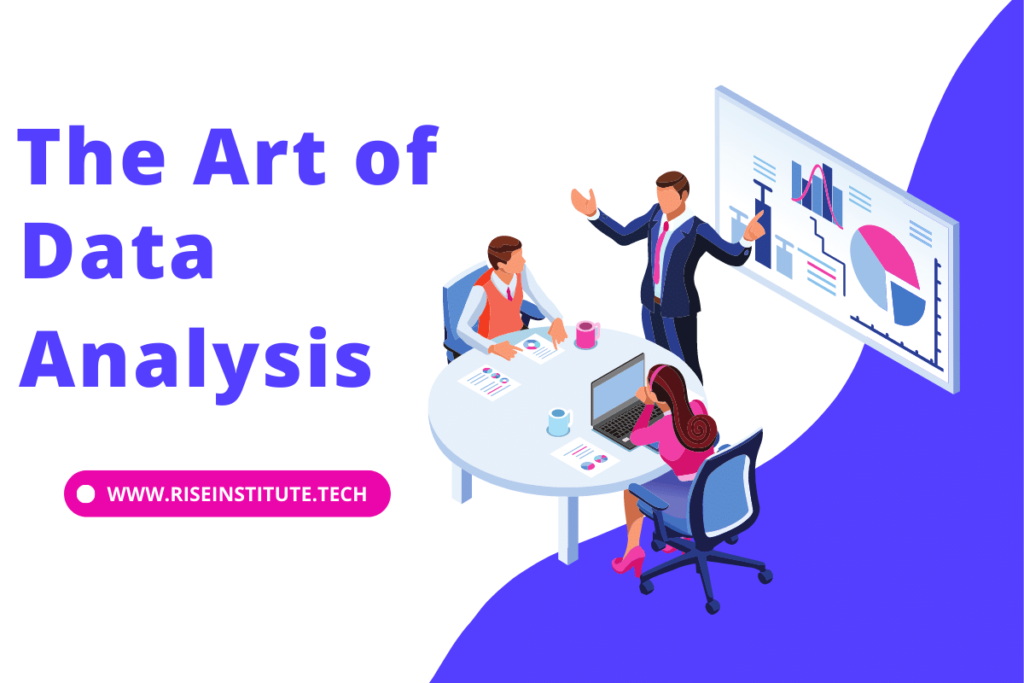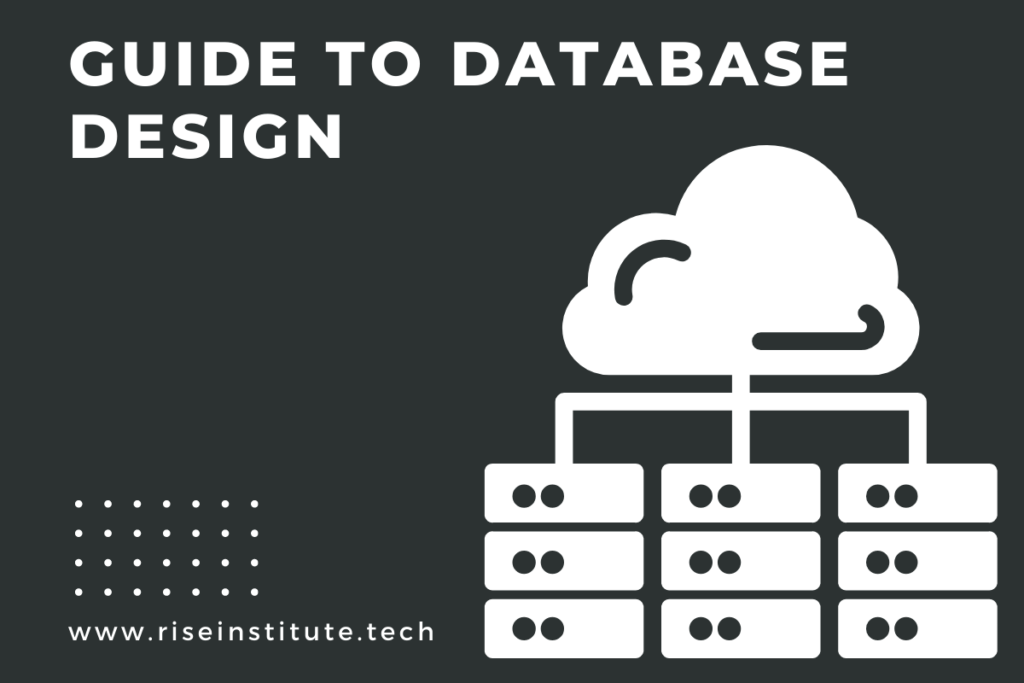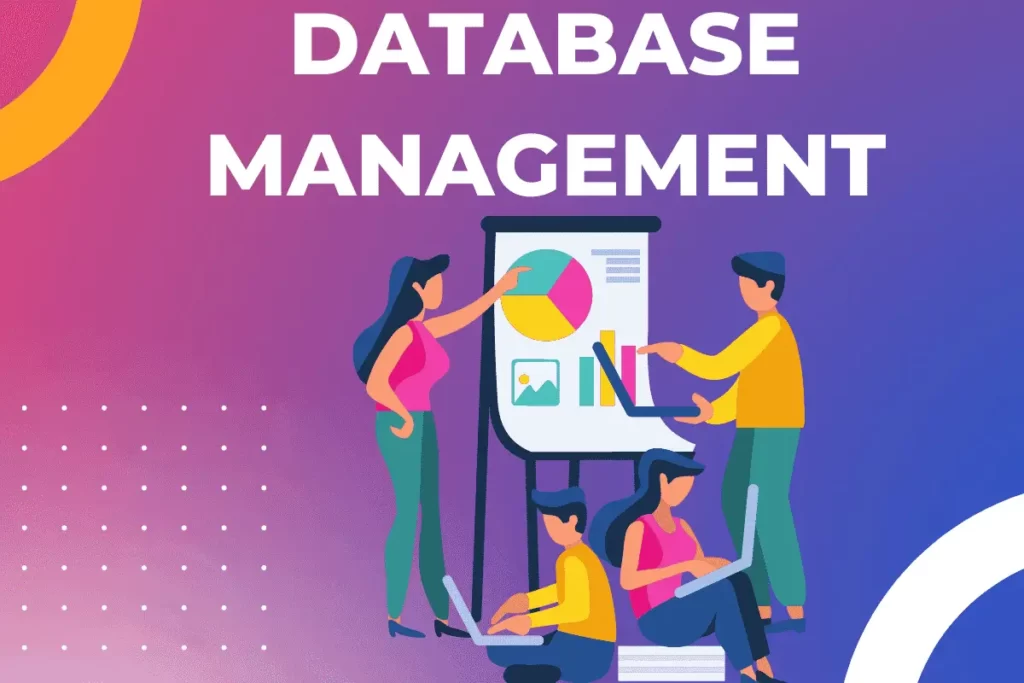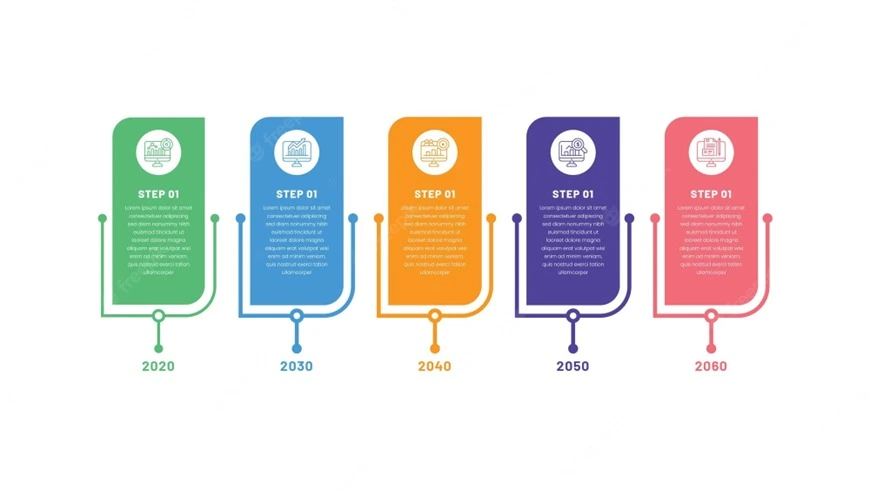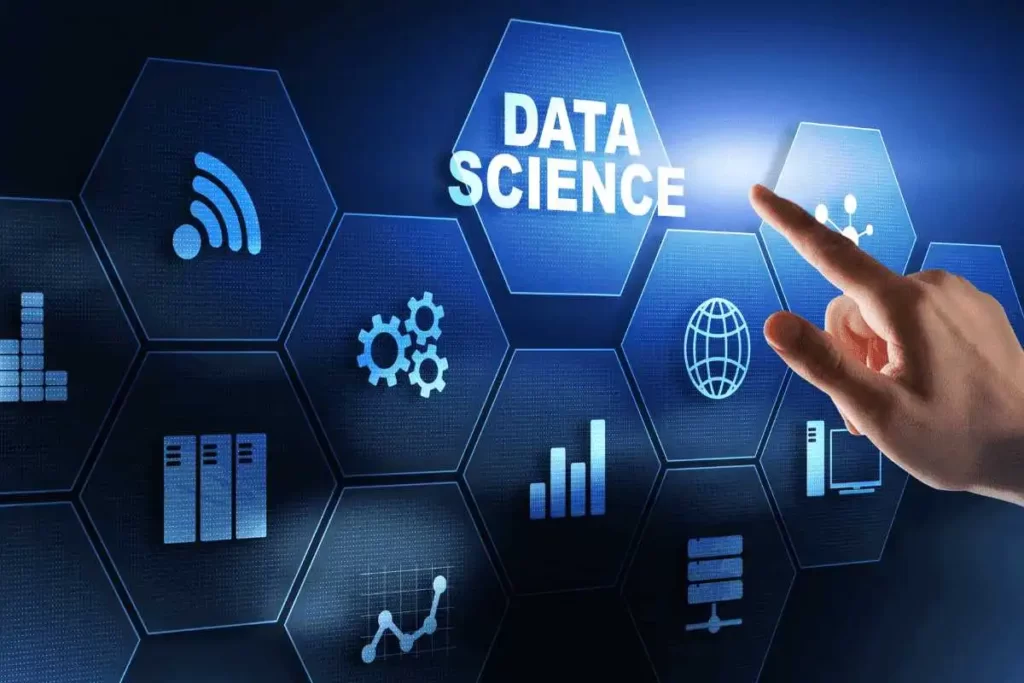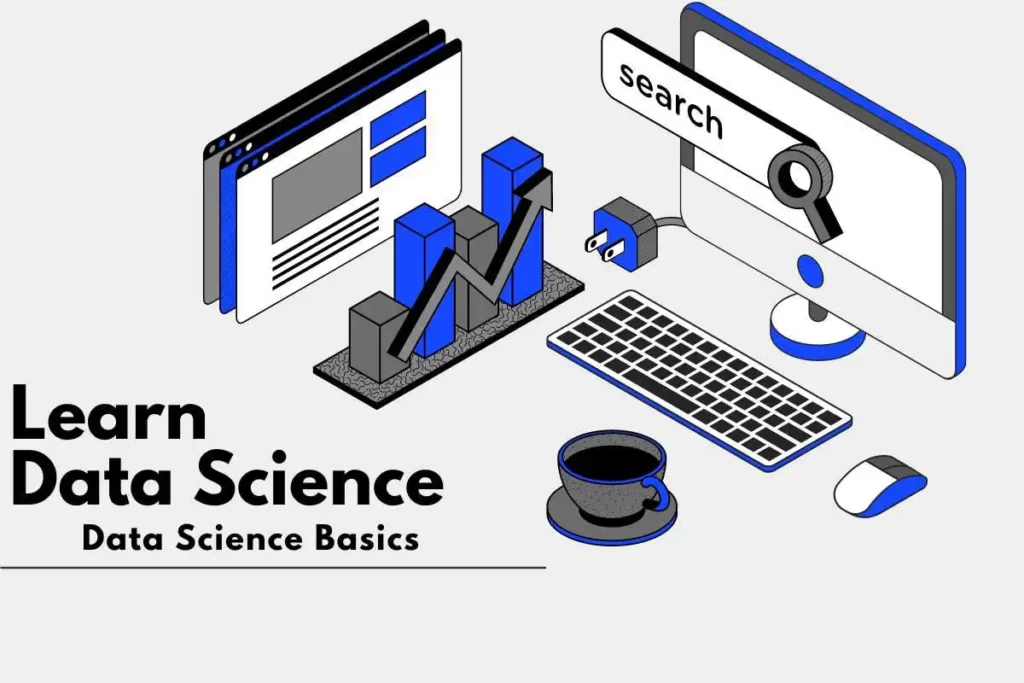Language Should You Learn First? Python vs. Java
Introduction Hello, beginner programmer! You are probably wondering which language you should learn first. Well, wonder no more – we are here to help! Python and Java are both great languages for beginners, but they have their own unique strengths and weaknesses. So, which one should you choose? It really depends on your needs and […]
Language Should You Learn First? Python vs. Java Read More »



